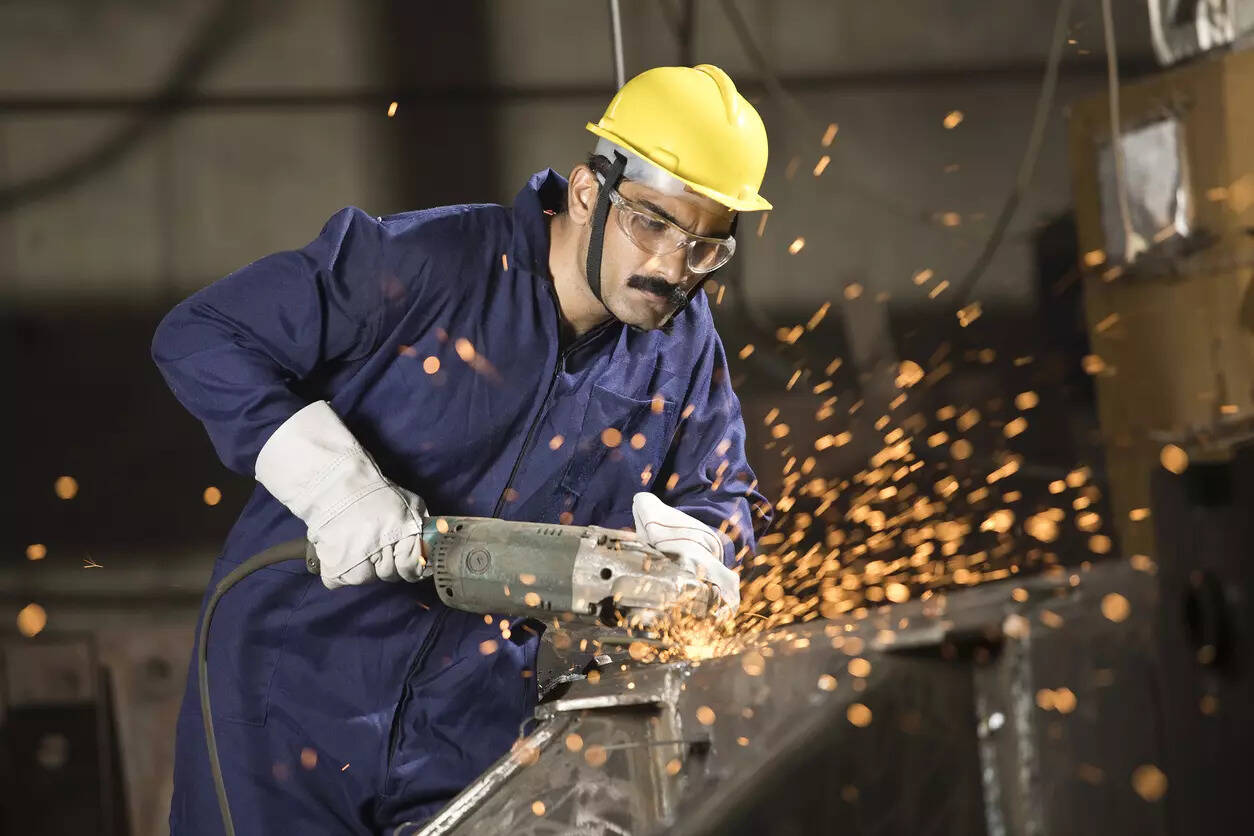
New Delhi: With a persisting wide gap between classroom learning and industry requirements in the country, JSW MG Motor India has called for a stronger academia-industry collaboration to bridge the gap, even as the rise of AI rapidly changes the skill landscape.
“When fresh graduates enter the corporate world, they typically need 6-10 months to adapt. Both universities and industry must engage more closely to ensure students are better prepared,” Manish Manek, Chief VLE (Vehicle Life Cycle Engineering) and Head of Engineering at JSW MG Motor India, told ETAuto during an interaction on the occasion of Engineers’ Day.
Reflecting on the evolution of engineering streams, he noted that while mechanical and electrical disciplines dominated two to three decades ago, they were later joined by computer, electronics, and production engineering, which catered largely to manufacturing. Today, with the rise of fields such as artificial intelligence and cybersecurity, traditional streams are not disappearing but transforming. Core mechanical and electrical engineering are evolving into more advanced, hybrid domains like mechatronics, while electrical and electronics are increasingly merging into futuristic, complex applications.
“Mechanical will stay as mechanical, but in a more enhanced form with wider applicability in manufacturing. Similarly, electrical and electronics will continue to evolve and build on their foundation,” he said.
Turning theory into practice
To address the gap between academia and industry, the company has partnered with around 25 universities across the country, benefiting 600-800 students through industry-focussed learning initiatives. The aim is to familiarise students with automotive fundamentals often missing from standard curricula.
It has also been working with universities by offering technical lectures, sharing course material, along with donating static vehicle models which have retired from testing, to engineering campuses.
“Many students are unaware of even basic automotive terminology since it is not part of their coursework. With these models, students can engage with our engineers to bridge the gap between theory and real-world applications,” he said.
Some of the top institutions like IITs have begun incorporating new-age courses.
“The third and fourth year are crucial for engineering students. Live interactions, panel discussions, or industry visits should not be last-minute tick-box activities but planned, compulsory exercises,” he noted. Such initiatives, he added, ensure students graduate with practical exposure and industry readiness.
Manek also stressed that bridging the academia–industry gap requires collective effort, pointing to the role of bodies like the Automotive Skills Development Council (ASDC). “They are doing great work, with government support, to facilitate sessions, incubation centres and startup hubs that take futuristic ideas closer to execution. Even if 10 per cent of these succeed, it’s a big step forward,” he noted.
Alongside, MG has been running its own Developer Program, which has completed five seasons, engaging over 1,500 startups. Several shortlisted ventures are already collaborating with the automaker on live projects, underscoring the importance of startup-industry partnerships in driving automotive innovation.
